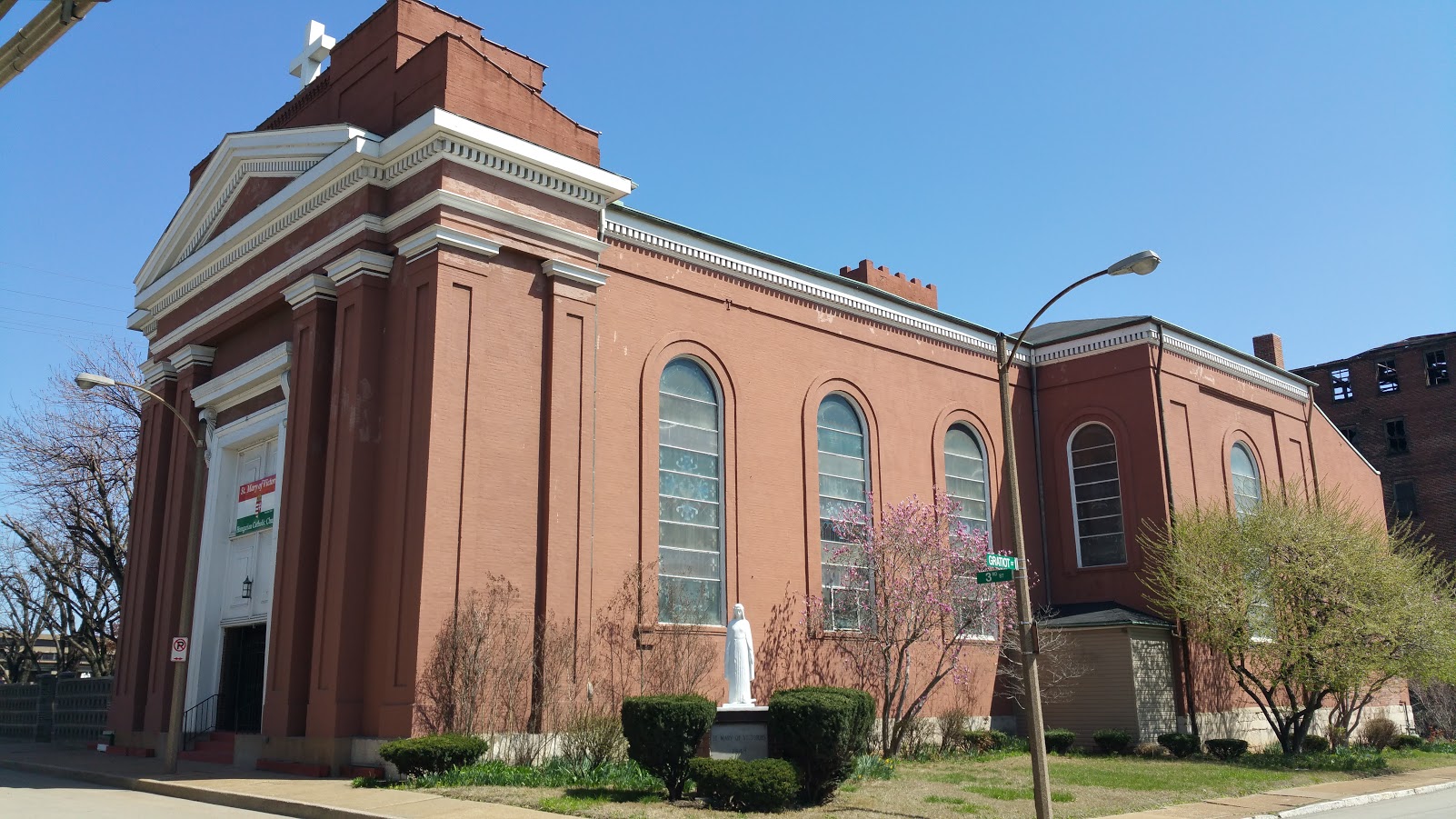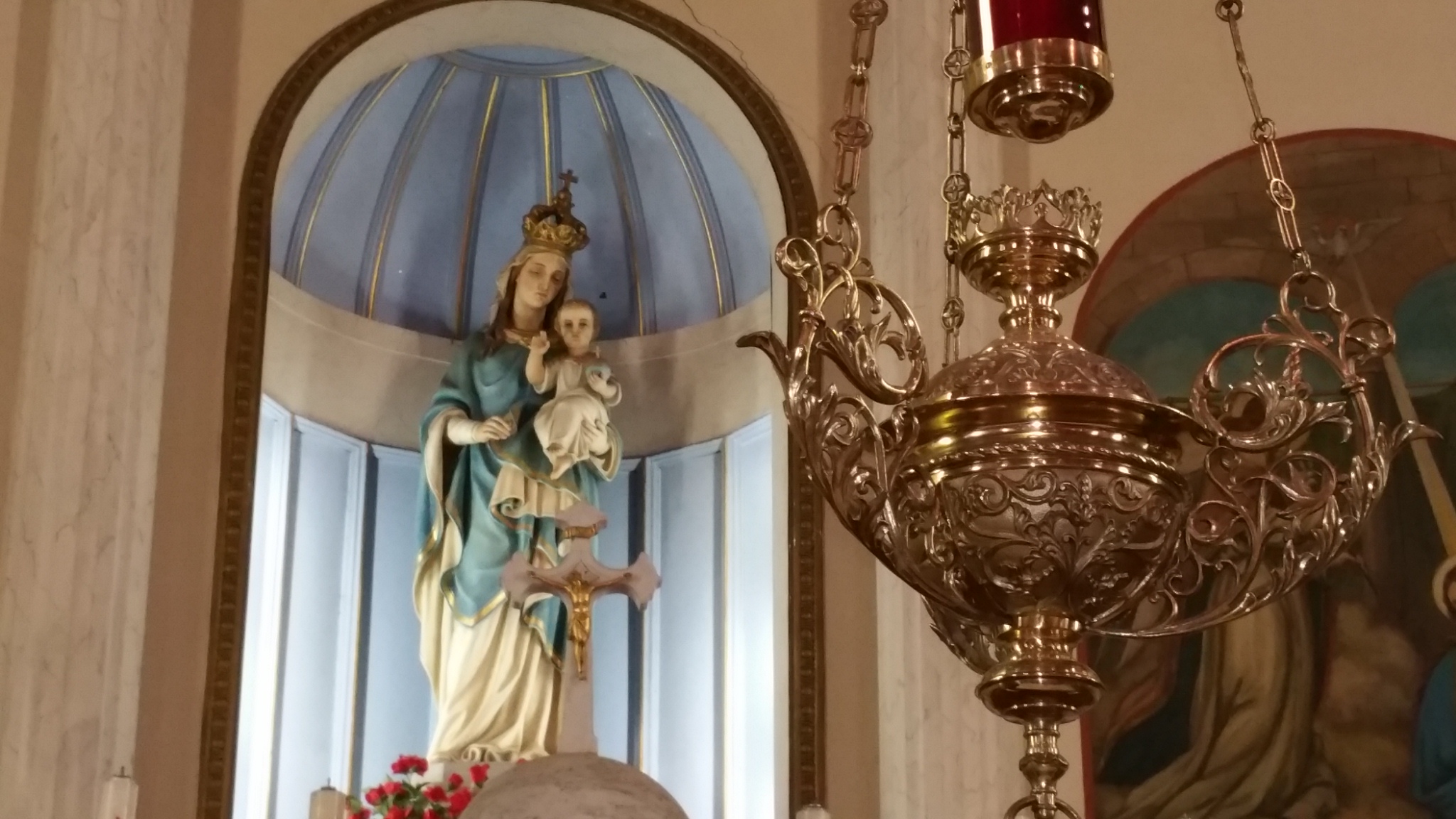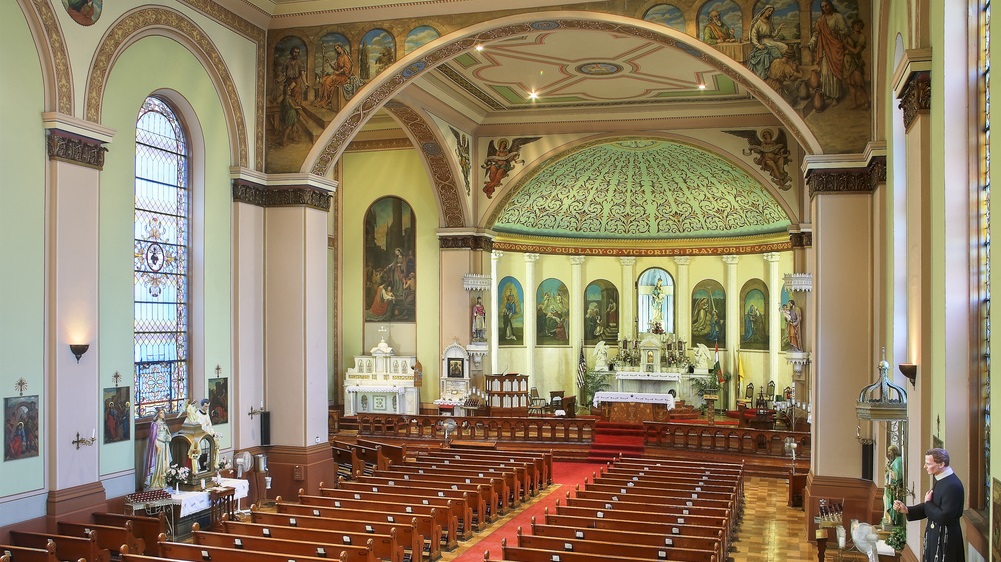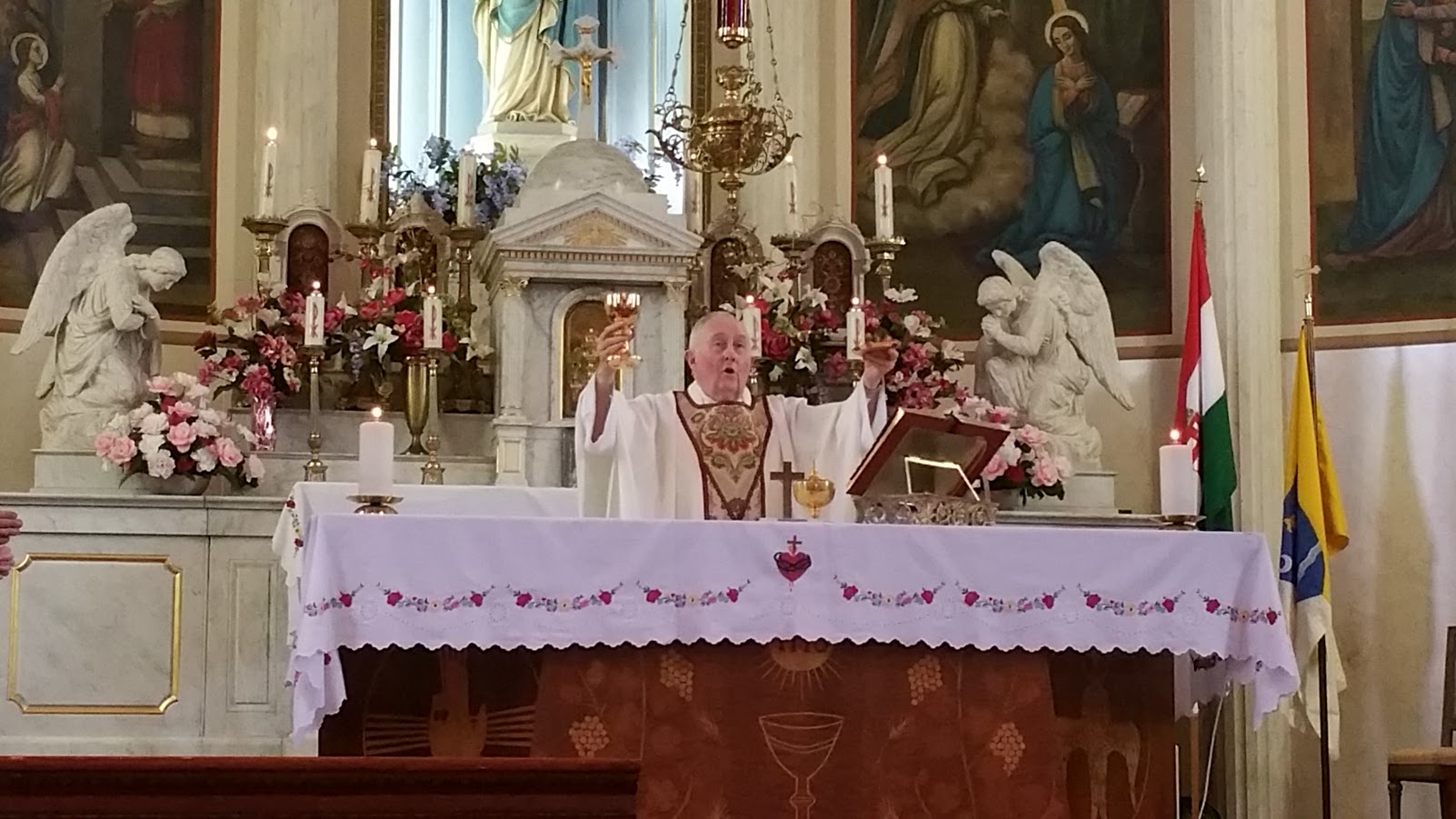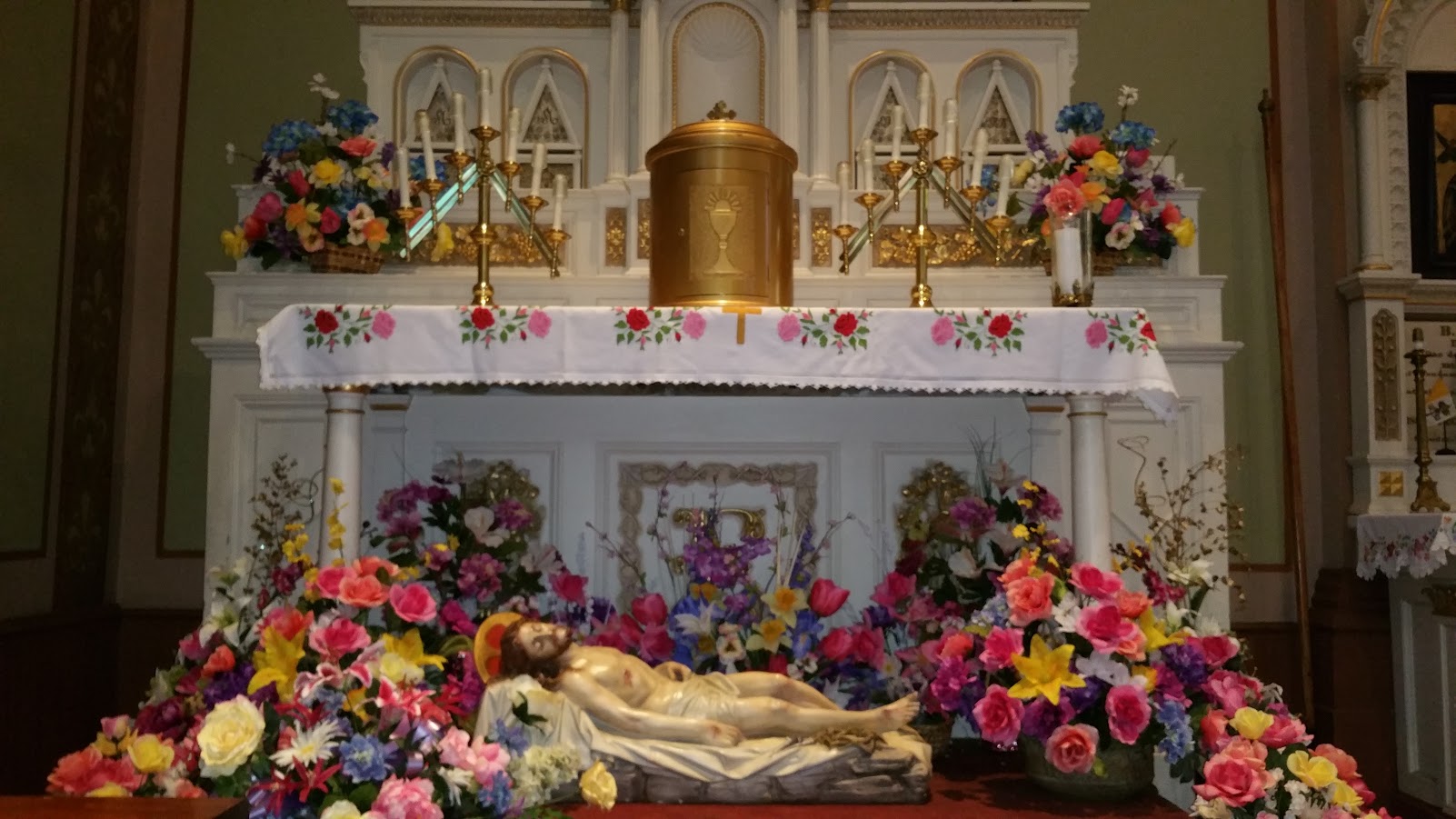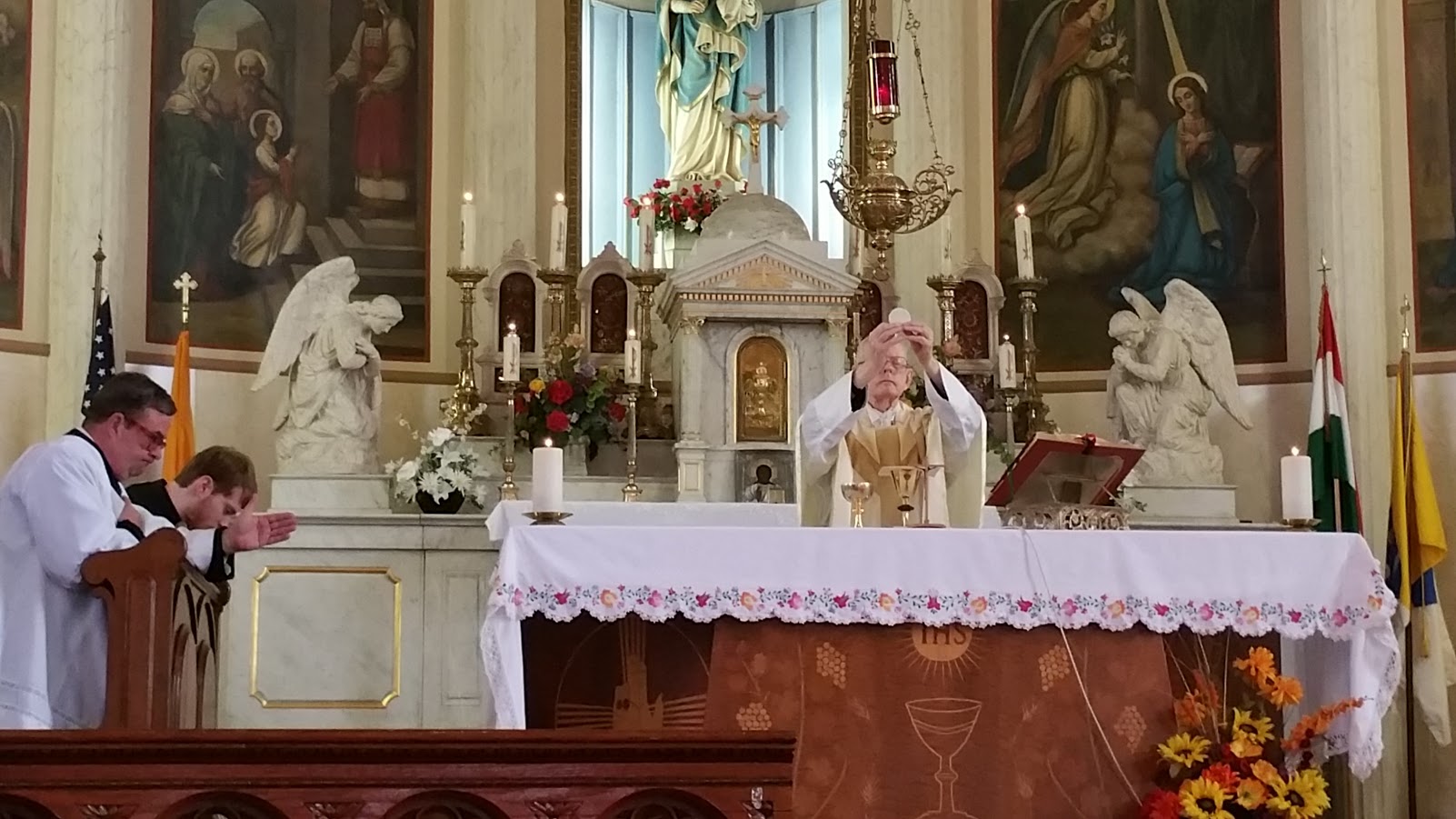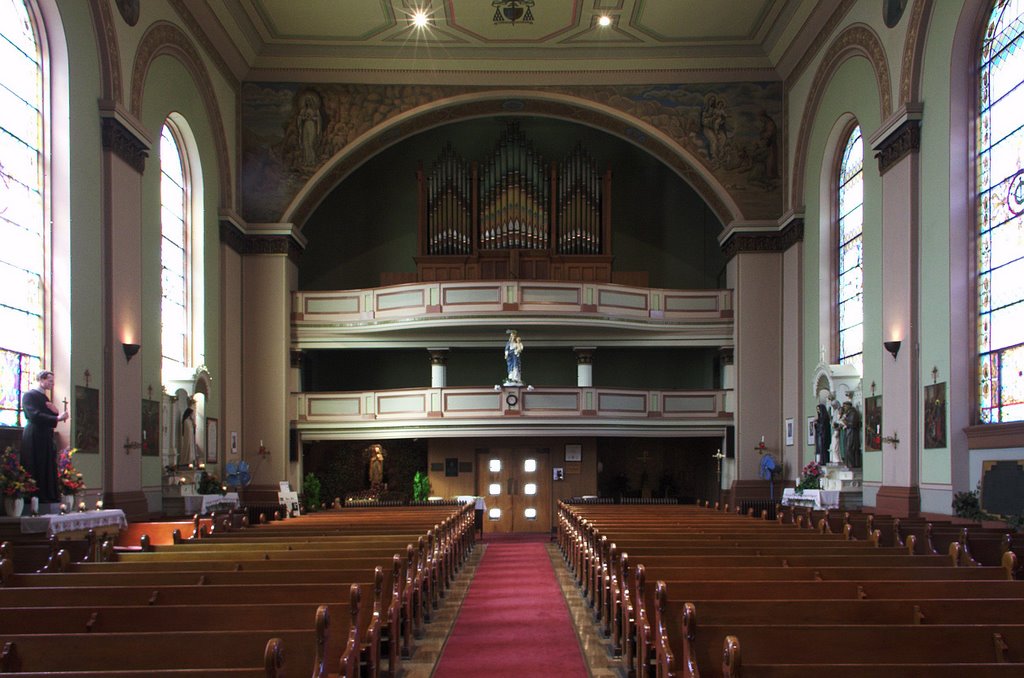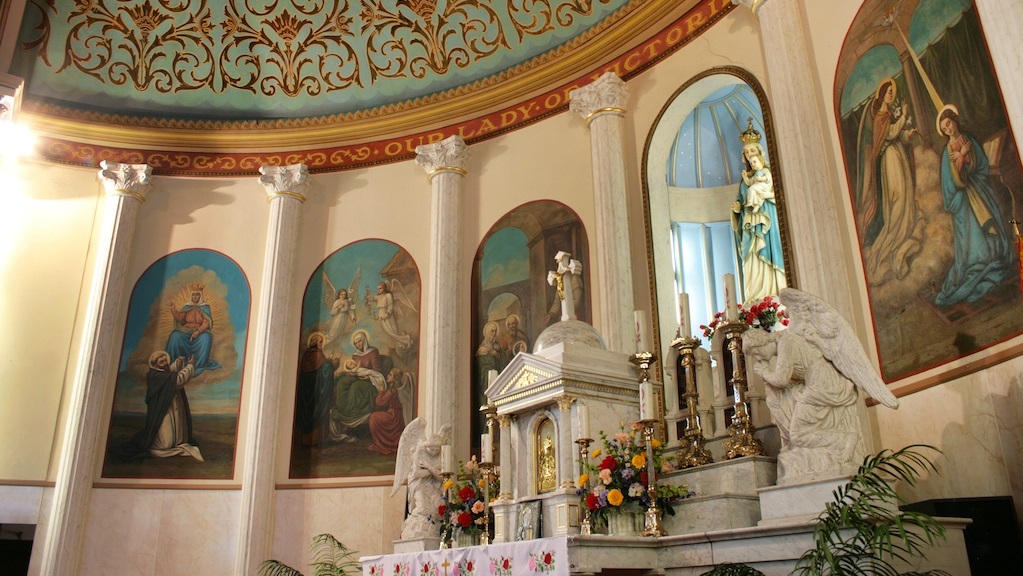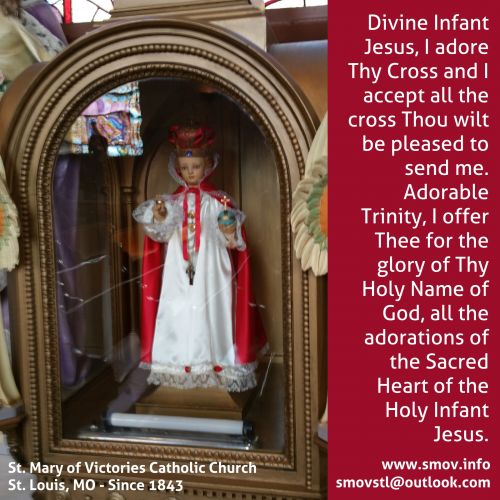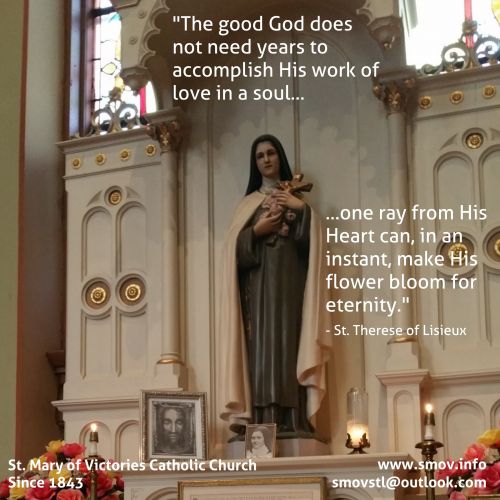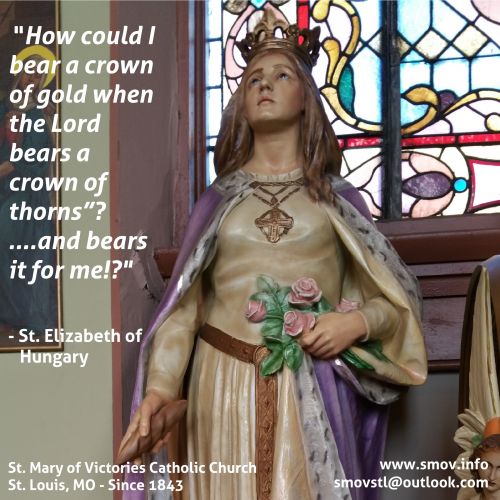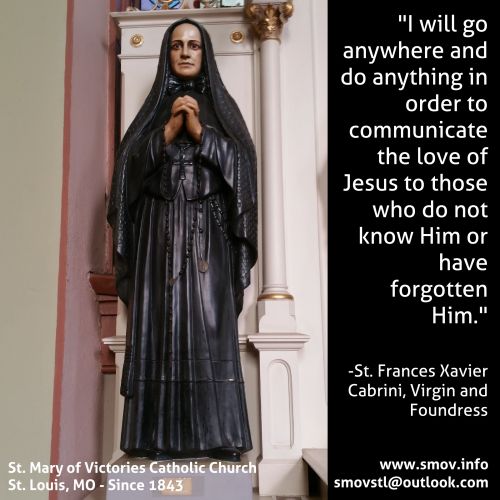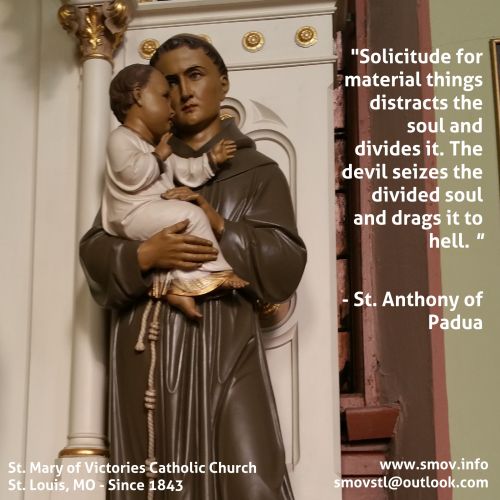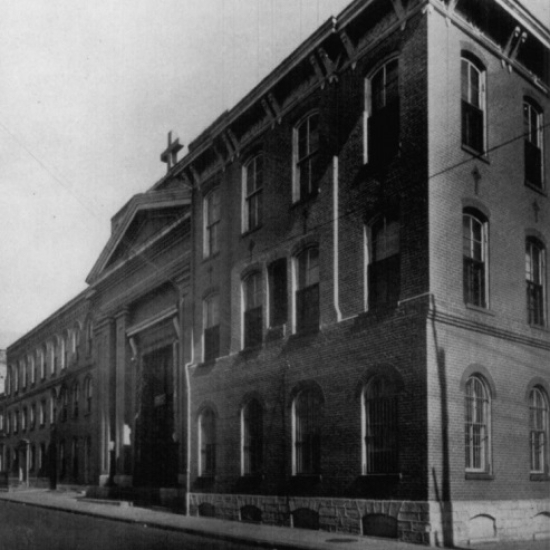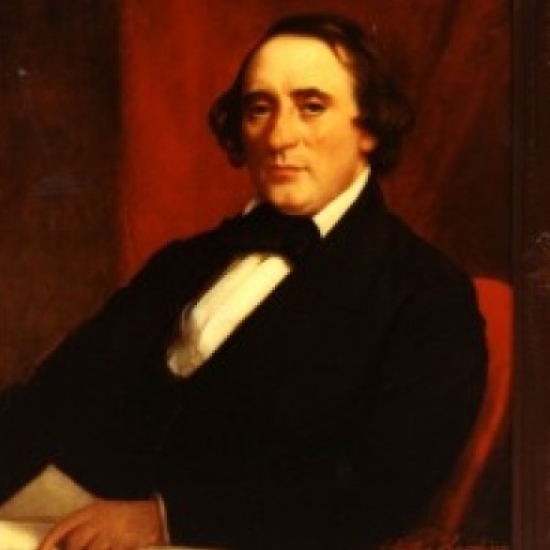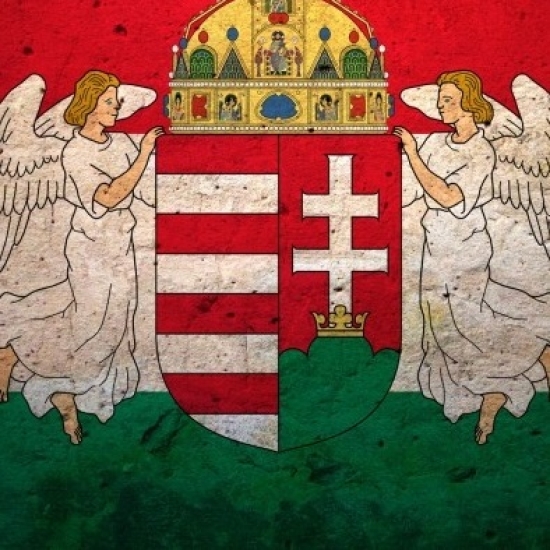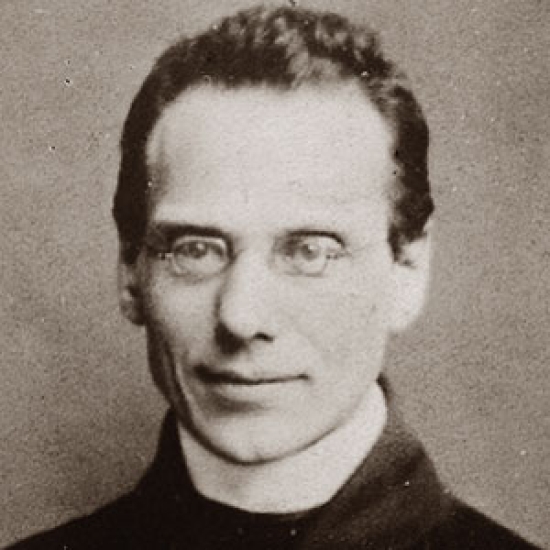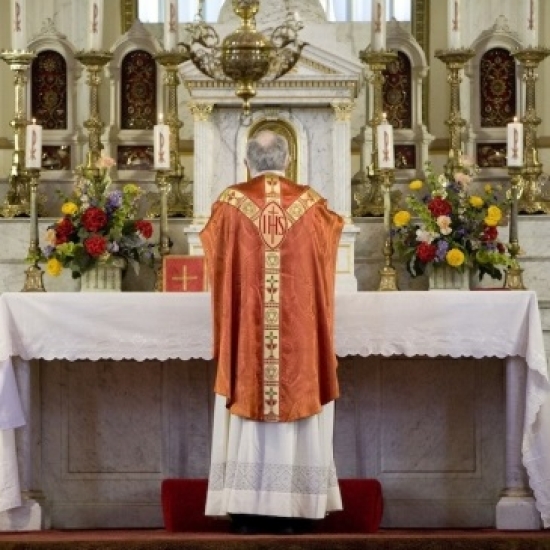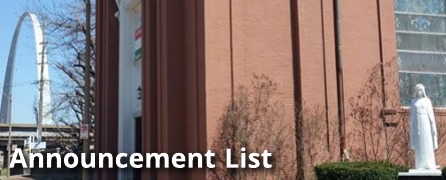Holy Thursday Mass of the Lord’s Supper, 7pm
Station at St John Lateran
Introit: Nos autem
Gospel Acclamation: Mandatum novum do vobis, (GM, p. 292)
Offertory: Schola will sing antiphon Dominus Jesus, (GM, p. 290))
Then all sing: Ubi caritas, PBC p. 147
Communion: Hoc corpus
Procession: Pange lingua, PBC, p. 105
Ordinary from Mass XI. No Credo.
The Introit antiphon, so beloved for so many generations, is actually a (somewhat) later addition to the Mass formulary. It has three phrases:
1. Nos autem gloriari oportet in cruce Domini nostri Jesu Christi
2. in quo est salus, vita, et resurrectio nostra
3. per quem salvati, et liberati sumus.
My first direct contact with the monastery of Solesmes was in 1969, to obtain from them a large reproduction of the formulary of the Mass of Holy Thursday. It sat under the glass of my desk throughout my university and graduate school years, as a daily reminder of the centrality of the cross in human life. And that is precisely what this Introit challenges the hearer to consider: is the cross the central reality of my life?
The composer certainly has a Johannine presentation of the cross here, as it rises before us in glory and splendour, reflected by the major third over oportet and the ascent at nostri. The melody calls for a crescendo over in cruce Domini nostri, so that the high c is a natural culmination of the action of raising the cross in our lives. The melody of the second phrase repeats that of the second half of the first phrase, demonstrating the link between the cross and our genuine life. Then the text of the closing phrase parallels that of the second. Here, as above over autem and often in chant, the tristropha serves to set the following word in greater relief: salvati—"we are saved." Liberati repeats the motif of resurrectio, to which (glo)-riari and autem are also related.
For the Gospel Acclamation, we sing the verse assigned in the Lectionary to a Gregorian melody which is part of the Mandatum ceremony. I give you a new commandment: love one another as I have loved you, says the Lord.
Before the Ubi caritas, we sing another Mandatum antiphon, also a text from the evening’s Gospel: The Lord Jesus, after he had eaten supper with His disciples, washed their feet and said to them: Do you understand what I have done for you, I who am your Lord and Master? I have given you an example so that you may do likewise.
The Communion antiphon has three phrases:
1. Hoc corpus, quod pro vobis tradetur:
2. hic calix novi testamenti est in meo sanguine, dicit Dominus
3. hoc facite, quotiescumque sumitis, in meam commemorationem
This chant takes us into the midst of the Last Supper, at its most solemn moment. Some of the melody's peculiarities may well derive from its use in the Ambrosian Liturgy, but its Gregorian form is much more effective. The frequent succession of three full tones, f g a b (tritone), ascending over vobis traditur and over calix novi, and descending over meo sanguine and meam commemorationem, imparts to the song harsh, painful features. Our Saviour's pain is present throughout. The words vobis tradetur seem to ascend with difficulty, as if with a need to rest and recover strength after each full tone. The annotated manuscripts here have three neums with broad markings.
One can distinguish the three phrases by the similar closing formulas over tradetur, Dominus, and commemorationem. The first phrase supports itself on g and only once extends to b. By its emphasis on b, the second phrase wishes to state the fact that a new covenant has been called into being. In this phrase we hear a single c. A new division begins with hoc facite. Emphatically the melody ascends to c and lets it resound. Manuscript 121 of Einsiedeln has here not only an episema for the first neum, but also "t" (tenete). Here the melody grows in warmth and solemnity, especially over quotiescumque with its protracted high e. Over meam the same form returns a fourth lower. The harsh ending tells us that Communion is the fruit of Christ's sacrificial death.
